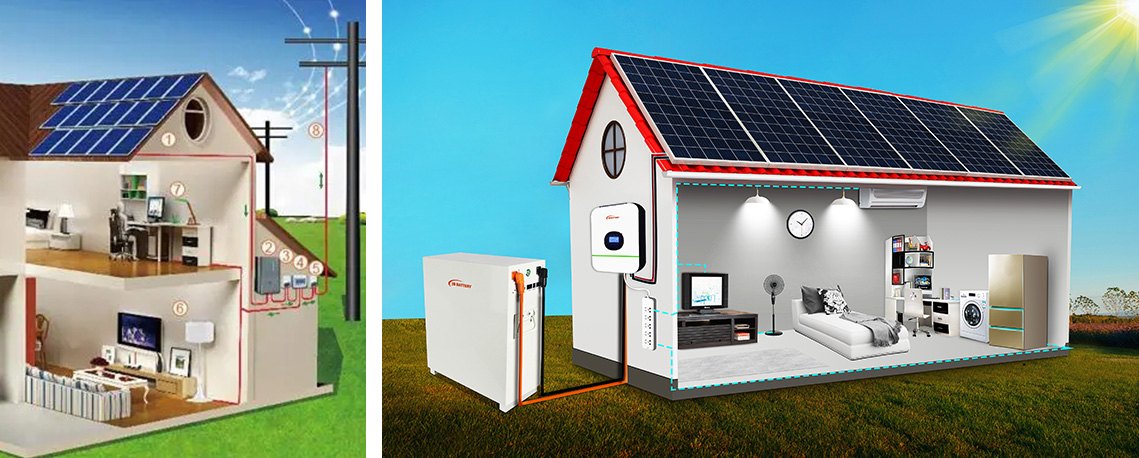BESS Battery Energy Storage Systems For Household

Battery storage (for electricity)
Electrical batteries help you make the most of renewable electricity from solar photovoltaic (PV) panels, a wind turbine or a hydroelectricity system. For example, electricity generated during the day by solar PV panels could be stored in an electric battery for you to use for boiling the kettle or watching TV in the evening when your solar PV panels are no longer generating electricity.
The battery size and its cost will depend on your current energy use and the size of any generation technologies you have installed. You may also want to plan around future electricity use if you are intending to purchase an electric vehicle (EV) or heat your home with a heat pump.

How ESS Work
What are the benefits of battery storage?
As well as storing the electricity generated by your home renewable technology, a battery can also be used to store electricity bought from the grid at cheaper times of the day, with new smart dynamic tariffs that vary in price throughout the day. This can reduce your reliance on more expensive electricity during peak periods, with some tariffs even allowing you to ‘sell back’ during those periods.
Most electricity storage systems offer smart management, allowing you to track energy usage online.
Why is energy storage necessary?
Energy storage can reduce high demand. Firs of all, when power failure,you can use the storage to supply electricity for daily use or make the PC dater backup. We can storage the power grid energy, but more about the renewable energy. Those cost savings could be passed on to customers. Community resiliency is essential in both rural and urban settings. Energy storage can help meet peak energy demands in densely populated cities, reducing strain on the grid and minimizing spikes in electricity costs.
ESS Application
There are many well developed procedures to allow proper sizing of ESS to mitigate the problems associated with the uncertainty of renewable user units. However, successful integration of ESS with distributed generation in grid-connected applications involves much more than selecting an adequately sized system based on one of the many commercially available technologies. The optimal integration of ESS requires a thorough understanding of the following: 1) application for which the storage is being used and benefit provided to the application 2) available ESS technologies and their suitability for the application 3) requirements and constraints of integrating an ESS Finally, an effective control strategy for ESSs is required to be developed to achieve attractive energy management.

Battery For Mobile Cellular Base Station
Will installing a battery save money?
If you have a renewable technology, installing a battery will save you money on your electricity bills, as you will rely less on electricity from the grid. You need to weigh the potential savings against the cost of installation, and how long the battery will last. Battery technology is constantly evolving, and it is expected that batteries will last longer as the technology improves.
Benefits of Energy Storage System
Advancements in energy storage technologies offers a wide range of technology to choose from for different applications. Planning the best locations and sizes of an ESS in a power system can achieve significant benefits as follows:
1. Enhance power system reliability and power quality;
2. Reduce the power system cost and control high-cost energy imbalance charges;
3. Minimize the potential for power loss and improve the voltage profiles;
4. Serve the demand for peak load and correct the power factor. The ultimate goal is to maximize the benefits for both the user and the utility by sizing the ESS to accommodate all amounts of excess generation capacity and by allocating it within the system in order to minimize the annual cost of the electricity.

 English
English Português
Português 日本語
日本語 Español
Español Pусский
Pусский Deutsch
Deutsch 한국어
한국어 العربية
العربية Français
Français Tiếng Việt
Tiếng Việt Italiano
Italiano